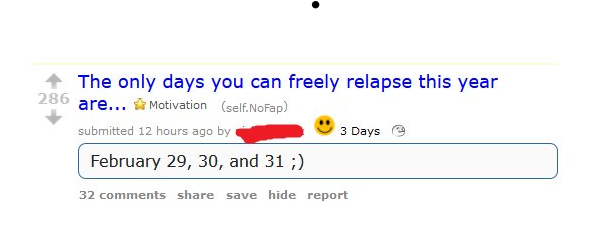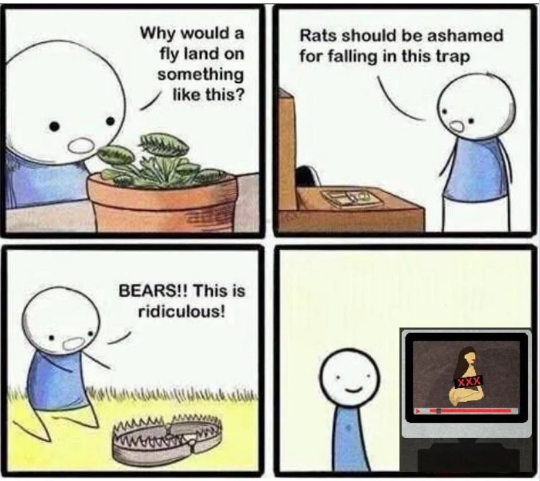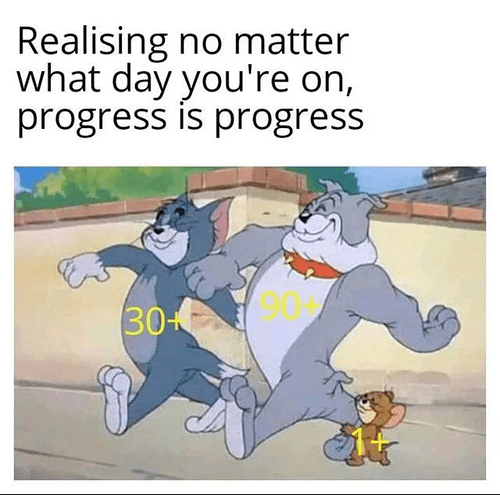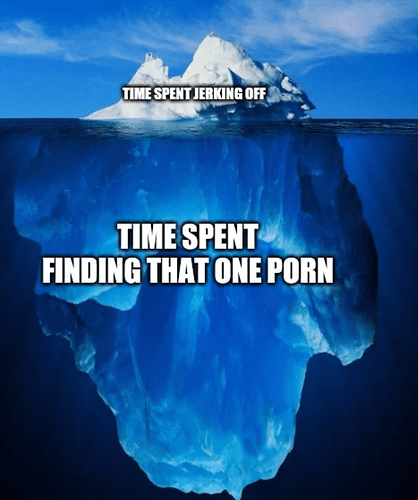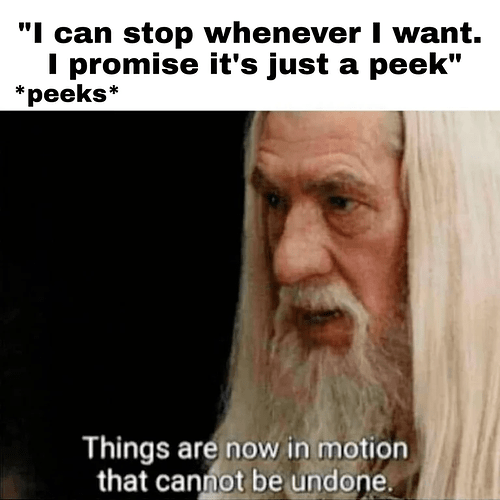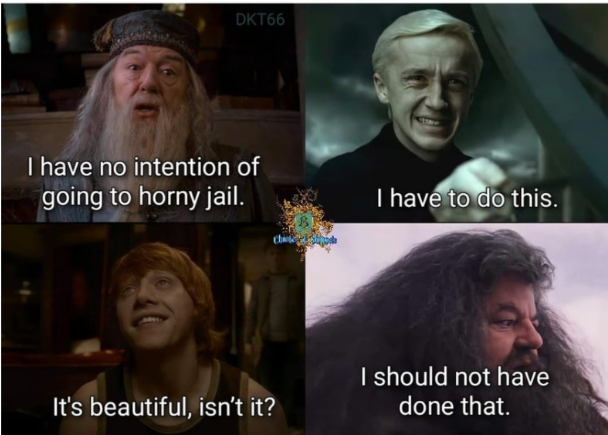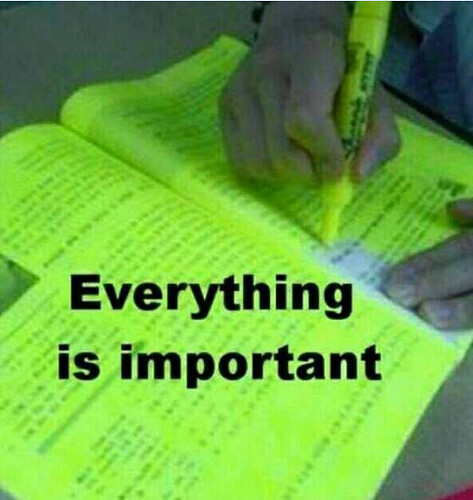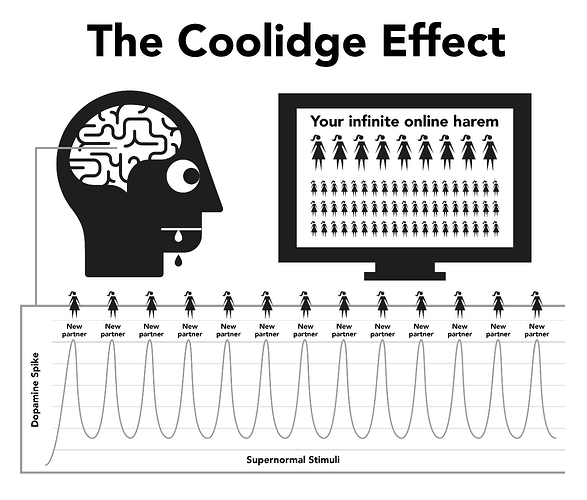1.1 Warning
Reading Time: 5 minutes
If you’re expecting this book to ‘scare’ you into quitting using the various health issues users risk, such as sexual dysfunction (including 𝗉𝗈𝗋𝗇-induced erectile dysfunction), unreliable arousal, loss of interest in real sex partners, brain hypofrontality, and the blinding accusation that it’s a filthy, disgusting habit and you are a stupid, spineless, weak-willed jellyfish, you’ll be sorely disappointed. Those tactics never helped me to quit and if they were going to help you, you’d have quit already.
Conventional methods of quitting advocate using willpower, or ‘𝗉𝗈𝗋𝗇-diet’ substitution methods such as ‘using once every n days’ and cutting down consumption. Some sites list peer-reviewed research about neurotransmitters and neuroplasticity, and while these sites are informative, many are aware of the health risks and choose to do nothing, though such material is typically avoided. Ultimately, they are equally ineffective as they don’t actually remove the reasons for using 𝗉𝗈𝗋𝗇. Ultimately, turning something into a forbidden fruit isn’t how you treat addiction.
This method, referred to as EasyPeasy, works differently. Some of the things about to be said might be difficult to believe, but by the time you’ve finished this book, you’ll not only believe them, you’ll wonder how you could have ever been brainwashed into believing otherwise.
There’s a common misconception that we choose to watch 𝗉𝗈𝗋𝗇. 𝖯𝗈𝗋𝗇 addicts (yes, addicts) no more choose to watch 𝗉𝗈𝗋𝗇 than alcoholics choose to become alcoholics, than heroin addicts choose to become heroin addicts. It’s true that we choose to boot up the laptop or smartphone, fire up the browser, and visit our favorite ‘online harem’. Occasionally I choose to go to the cinema, but I certainly didn’t choose to spend my whole life in the cinema theatre. Originally, curiosity and human nature took me there, but I wouldn’t have started had I known I’d become addicted, causing the decline of my health, happiness, and relationships. “If only I’d heard about sexual dysfunction on my first visit to that 𝗉𝗈𝗋𝗇 site!”
Take a moment to reflect, did you ever make the ‘positive’ decision that you must/need 𝗉𝗈𝗋𝗇 to masturbate? Or that you should/must/need 𝗉𝗈𝗋𝗇-induced fantasies to spice up sex with your partner? Or, that at certain times in your life, you couldn’t enjoy a good night’s sleep or perhaps even pass an evening after a hard day at work without surfing for 𝗉𝗈𝗋𝗇? Or that you couldn’t concentrate or handle stress without it? At what stage did you decide that you needed 𝗉𝗈𝗋𝗇, that you needed it permanently in your life, feeling insecure, even panic-stricken without 𝗉𝗈𝗋𝗇, without your online harem?
Like every other 𝗉𝗈𝗋𝗇 user, you have been lured into the most sinister and subtle trap that man and nature have ever combined to devise. There’s not a person alive, whether a user themselves or not, that likes the thought of their children using 𝗉𝗈𝗋𝗇 to cope or for pleasure. This means that all addicts wish they had never started. That’s unsurprising: no one needs 𝗉𝗈𝗋𝗇 to enjoy life or cope with stress before they get hooked.
At the same time, all users wish to continue to use. After all, nobody forces us to launch our browser’s incognito mode. Whether they understand the reason or not, it’s only users that decide to knock on the doors of their online harems.
If there were a magic button the user could press to wake up the following morning as if they’d never accessed their first tube site, the only addicts tomorrow would be young people still ‘experimenting’.
The only thing that prevents us from quitting is FEAR! Fear caused by the belief that we’ll have to survive an indeterminate period of misery, deprivation, and unsatisfied craving in order to be free from 𝗉𝗈𝗋𝗇. These spawn from irrational beliefs, both learned and acquired, such as:
- Masturbation or sex leading to orgasm is the only and most important thing in life.
- 𝖯𝗈𝗋𝗇 is ‘safer’ than real-life sex because 𝗉𝗈𝗋𝗇 can’t reject me.
- 𝖯𝗈𝗋𝗇 is educative and useful.
- Entitlement to a ‘superior’ sex experience.
- More is always better.
These irrational beliefs spawn irrational consequences when acted upon, including:
- Worshipping and obsessing when a ‘perfect 10/10’ is found.
- Perceiving yourself as a loser if you miss out on sex, as if it’s the most important thing in the human experience.
- Holding out for a perfect 10.
- Being excessively judgmental and critical of prospective partners.
- Forcing yourself to have sex whether you want it or not.
It’s fear that a night all by yourself will be miserable, spent fighting uncontrollable impulses. Fear that the night before exams will be a night from hell without 𝗉𝗈𝗋𝗇. Fear that we’ll never be able to concentrate, handle stress, or be as confident without our little crutch and that our personality and character will change.
But most of all, fear that ‘once an addict, always an addict’: that we’ll never be completely free, spending the rest of our lives craving the occasional 𝗉𝗈𝗋𝗇-induced orgasm at odd times. If, as I did, you’ve already tried all the conventional ways to quit and have been through the misery and torture of the ‘willpower method’, you’ll not only be affected by that fear, you’ll be convinced you can never quit.
If you’re apprehensive, panic-stricken, or feel that the time is not right for you to quit, let me assure you that your apprehension and panic isn’t relieved by 𝗉𝗈𝗋𝗇 — it’s caused by it. You didn’t decide to fall into the 𝗉𝗈𝗋𝗇 trap, but like all traps, it’s designed to ensure that you remain trapped. Ask yourself, when you viewed those first 𝗉𝗈𝗋𝗇 pictures and videos, did you decide to come back to view them as long as you live? So when will you quit? Tomorrow? Next year? Stop kidding yourself! The trap is designed to hold you for life. Why else do you think all these other addicts don’t quit before it ‘kills’ their lives?
I’ve referred to a magic button; EasyPeasy works just like that magic button. Let me make it quite clear, EasyPeasy isn’t magic, but for myself and others who’ve found it so easy and enjoyable to quit, it seems like it!
The warning is as follows: This is a chicken and egg situation: every addict wants to quit and every addict can find it easy and enjoyable to quit. It’s only fear that prevents users from attempting to quit. The single greatest gain is to be rid of that fear, but you won’t be free of that fear until you complete the book. On the contrary, your fear may increase as you continue reading, which might prevent you from finishing it. Take this comment from one woman.
“I’ve just finished reading EasyPeasy. I know that it’s only been four days, but I feel so great, I know that I’ll never need to use 𝗉𝗈𝗋𝗇 again. I first started to read your book five months ago, got half way through and panicked. I knew that if I went on reading I would have to stop. Wasn’t I silly?”
You didn’t decide to fall into the trap, but be clear in your mind: you won’t escape from it unless you make the affirmative decision to do so. You may already be straining at the leash to quit, or you may be apprehensive about the very thought, but either way, please bear in mind: YOU HAVE NOTHING TO LOSE!
If at the end of the book you decide that you wish to continue to use 𝗉𝗈𝗋𝗇 for masturbation or sex, there’s nothing to prevent you from doing so. You don’t even have to cut down or stop using 𝗉𝗈𝗋𝗇 whilst reading the book, and remember, there is no shock treatment. On the contrary, I have only good news for you. Can you imagine how Andy Dufresne felt when he finally escaped from Shawshank Prison? That’s how I felt when I escaped from the 𝗉𝗈𝗋𝗇 trap, and that’s how the ex-users who’ve used EasyPeasy feel. By the end of the book, that’s how you’ll feel! Go for it!
